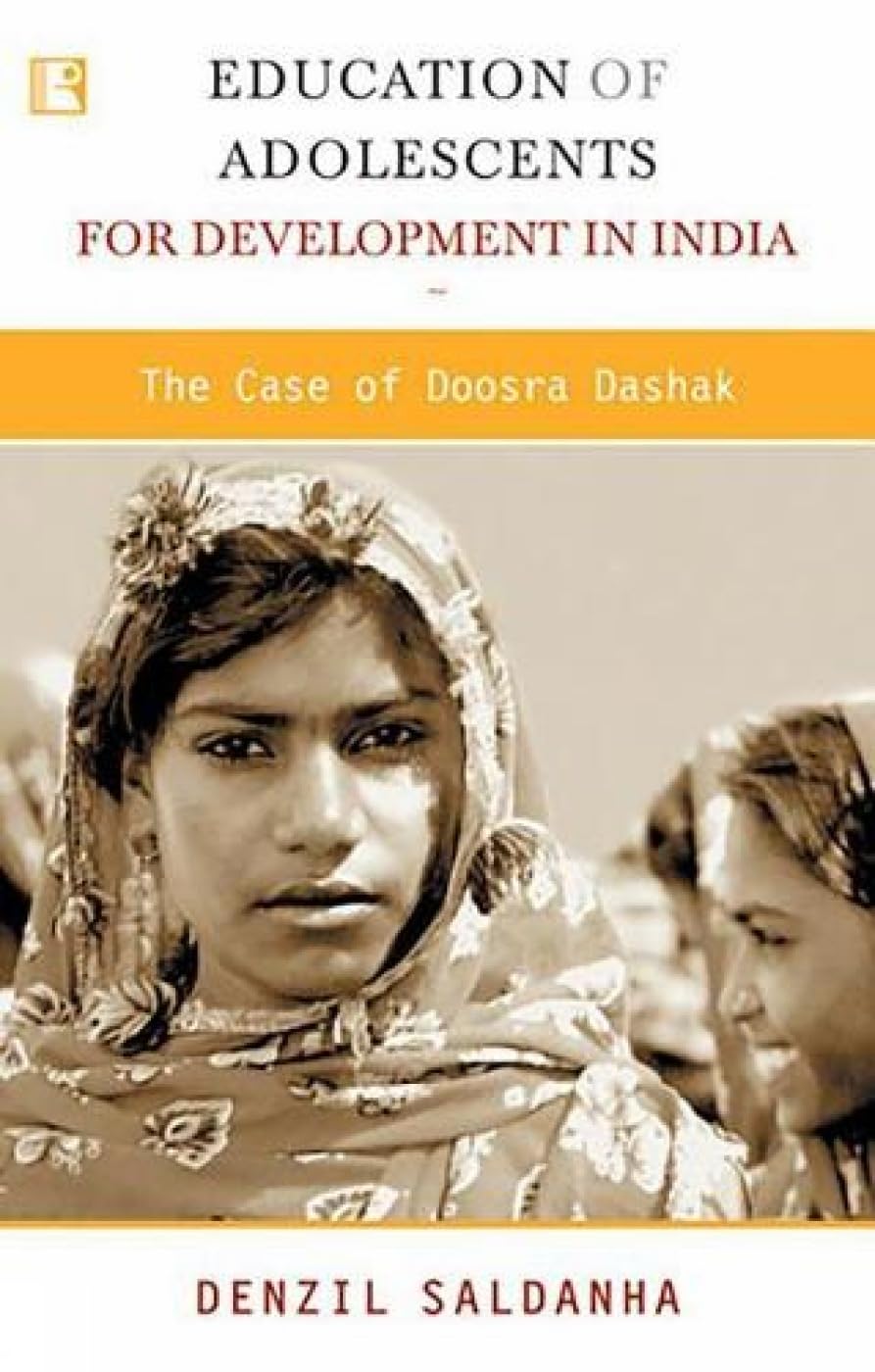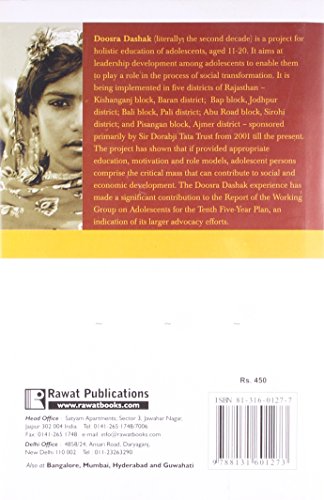Education of Adolescents for Development in India: The Case of Doosra Dashak
Education of Adolescents for Development in India: The Case of Doosra Dashak is backordered and will ship as soon as it is back in stock.
Couldn't load pickup availability
Genuine Products Guarantee
Genuine Products Guarantee
We guarantee 100% genuine products, and if proven otherwise, we will compensate you with 10 times the product's cost.
Delivery and Shipping
Delivery and Shipping
Products are generally ready for dispatch within 1 day and typically reach you in 3 to 5 days.
Book Details:
-
Author: Denzil Saldanha
-
Publisher: Rawat Publications
-
Language: English
-
ISBN: 8131601277
-
Pages: 224
-
Cover: Hardcover
-
Dimensions: 8.7 x 5.7 x 0.8 inches
About the Book:
Adolescents in India, estimated to be around 230 million, hold a crucial role in shaping the country's population dynamics. However, a significant portion of this demographic remains unschooled, with one-third lacking the necessary education, particularly in health-related matters, putting them at heightened risk of STDs and HIV/AIDS. Despite their vast potential, there is a noticeable absence of integrated, holistic programs for adolescent development.
Doosra Dashak (DD) attempts to fill this gap, particularly in the fragile ecological and socioeconomically underdeveloped regions of Rajasthan. The initiative consists of residential training camps for adolescents that offer integrated basic education while promoting leadership and social justice through organized action.
Drawing from the DD experience, the study delves into the complex relationship between three vital aspects of development literature: life skills and livelihood, scalability, and the formation of sustainable people’s organizations. This insightful study serves as a platform for discussion, offering valuable perspectives for practitioners, policymakers, academics, and activists working with adolescents in rural areas.







